Why raise Monarchs at home?In the wild, Monarch eggs and larvae have a very small chance of survival. Several studies have documented mortality rates of over 90% during the egg and larva stages. That means only 10% of eggs and caterpillars will reach adulthood! Not only is it a fun activity for the whole family but you are actually helping out an entire species! Still not convinced?What if I told you it’s easy to rear Monarchs at home? All you will need to get started is a ventilated box (we recommend these inexpensive enclosures) a few milkweed plants and, of course, your Monarch egg or caterpillar. The entire process from egg to adult butterfly takes about 1 month. But first...It's important to understand the life cycles of a Monarch before you get started. Monarchs go through complete metamorphosis in which there are four distinct stages of growth in one life cycle! These stages are: egg, the larvae (caterpillar), the pupa (chrysalis), and adult butterfly. Life Cycle of a MonarchEggMonarchs overwinter in Mexico and certain parts of Southern California. When they wake up from hibernation, they will intuitively head North and East to start laying eggs. In March and April the eggs are laid on milkweed plants and it takes only 4 days for an egg to hatch! According to Karen Oberhauser, Monarch biologist, captive monarch butterflies average about 700 eggs per female as opposed to 300-400 in the wild. Monarch females usually lay a single egg on a milkweed plant on the bottom of leaf. So, when searching for eggs, don't forget to flip the leaf over! Eggs are very small and sometimes easy to miss! Larval Stage (Caterpillar)The larval stage last 2 weeks. Once the egg has hatched, a very small (and hungry) caterpillar emerges. During this time, the caterpillar will spend most of it's time eating so it will need fresh leaves everyday. As the caterpillar grows and becomes too large for its skin, it molts. The intervals between molts are called instars. Monarchs go through 5 instars. Click here if you'd like to learn more about differentiating the different instars. Pupa (Chrysalis)Once the Monarch larvae has reached their final molting stage, they will hang upside down by their last pair of prolegs and create a chrysalis. They will spend between 1 and 2 weeks inside the chrysalis. Adult ButterflyBefore the butterfly emerges, the chrysalis will turn from green to clear like in the picture below. Once adults, Monarchs will live another two to six weeks in the summer. However, the last generation of super Monarchs that complete the migration much longer, about six to nine months. Materials Needed for Raising Monarchs1. Milkweed Make sure you have a local nursery that you can acquire milkweed plants from or you already have some established in your yard because Monarch caterpillars can eat up to 200X their own body weight! Click here for types of Milkweed that are suitable for rearing Monarchs. 2. Monarch caterpillars or eggs- These can be found outside on milkweed plants or purchased. 3. Ventilated container such as a deli container or aquarium works well. We recommend these inexpensive enclosures that make for easy cleaning. Use promo code 'monarchs10' to receive an additional 10% off. 4. Paper towels 5 Steps to Raising A Monarch at HomeStep 1: Find the eggs and/or caterpillarsThe best way to do this is to visit milkweed plants daily that you know are already established and if you planned ahead, are already in your backyard! If you don’t have any luck finding milkweed plants or caterpillars, you can also order monarch rearing kits like this from Monarch Watch that contain live caterpillars . Step 2: Choose a containerPut the eggs or caterpillars in a container and line with paper towels. Eggs only take 4 days to hatch and caterpillars will form a chrysalis within 2 weeks. Caterpillars have a HUGE appetite and can eat 200X their weight in Milkweed! A single caterpillar can easily defoliate a milkweed planted in a 1 gallon container so plan accordingly. Provide fresh leaves daily or enclose the entire milkweed plant. Larvae will survive best and attain a large size if you keep the food fresh, the container clean, and the humidity low. Step 3: Clean the cage regularlyThe caterpillars are eating constantly so they will generate a lot of frass (cute name for you know what). This frass should be collected every few days in order to keep the larvae healthy and you can replace the bottom of the container with more paper towels or parchment paper. You can even sprinkle it on your plants outside to give them a nitrogen boost! Step 4: Keep feeding the hungry caterpillars! It's important to remember that as the caterpillars get bigger, so will their appetite so keep a close eye on them and make sure you are providing enough fresh Milkweed. After the caterpillar reaches it’s 5th instar (molting stage) it will climb to the top of the container and create a beautiful chrysalis. It will not need any food at this stage so your job is mostly done! Step 5: Release Your Butterfly Into the WildThe chrysalis will turn clear before the adult butterfly emerges (fully metamorphosed). It is important not to touch them for at least 5 hours so their wings can dry. Keep an eye on the weather and do not release your Monarch if there is a storm on the horizon. You may need to move the butterfly into a larger container if this is the case such as an upside down laundry basket or a mesh cage. ResourcesSpecial thanks to Debbie Jackson of Monarch Watch for sharing her passion of rearing Monarchs We also recommend Carol Pasternak's How to Raise Monarch Butterflies, an in-depth guide on Monarch rearing https://monarchlab.org/biology-and-research/biology-and-natural-history/breeding-life-cycle/life-cycle/#adult
http://www.ecology.info/monarch-butterfly-page-3.htm
13 Comments
One of the biggest factors contributing to the loss of Monarch butteflies and Milkweed is the use of pesticides and herbicides. Many pesticides contain neonicitinoids and glyphosates that are deadly to beneficial pollinators and Milkweed.Harmful herbicides and insecticides are used generously in agriculture as well as in gardens. For a list of garden products that contain these harmful ingredients click here. What are neonicitinoids?Neonicitinoids are a class of broad-spectrum insecticides that are very commonly used in agriculture as well in urban gardens. They are systemic which means the plants absorbs the compounds into its tissues and distributes them into its roots, leaves, and flowers. Thus, making the entire plant toxic to insects that feed on it, including pollinators such as bees and butterflies. They are harmless to humans in small doses but they attack the central system of insects, acting as a neurotoxin. What can I do to help?You can help by providing habitat, no matter how small, and by protecting the monarch by using natural pest control methods on your milkweed and other pollinator plants. Below you will find a list of natural pest control methods that will not harm beneficial insects like monarchs. Pepper and Garlic SprayHow to make it: For a strong spray, crush 3 cloves of garlic and add 3 tablespoons of hot pepper flakes to a cup of boiling water. Allow it sit overnight. Strain out the garlic and pepper flakes in the morning. Adding a dash of dish soap or vegetable oil can also improve effectiveness. Used for: All garden pests. How to use it: Spray directly on the plant. Make sure to get the underside of leaves where many pests lay eggs. You can use this spray daily if you have a pest problem or less regularly as pest prevention. Kaolin ClayWhat is it? Kaolin Clay is a natural mineral that is used for insect control on plants. It creates a thin barrier on the leaves which adheres to insects, causing excessive grooming, and thereby eliminating their urge to scavenge on the plant. Used for: The use of Kaolin clay in the garden has been found to not only control insect pests but also protect the plant against sunburn or heat stress. You can purchase it online. How to use it: To use Kaolin clay on plants, it must first be mixed with water and applied via a spray bottle. The clay particles are very fine therefore the spray bottle must continuously be agitated and applied liberally.
Neem OilWhat is it? Neem oil is derived from the Azadirachta indica evergreen tree native to the Indian subcontinent. Neem has a long history of being used in the garden as a natural insect repellent. Used for: mites, including aphids, white flies, snails, nematodes, mealybugs, cabbage worms, gnats, moths,cockroaches, flies, termites, mosquitoes, and scale. How to use: Spray directly on the plant, including the bottoms of leaves. Diatomacious EarthWhat is it?
Diatomaceous Earth is made of fossilized shells of tiny organisms called diatoms. It looks like a white, chalky powder. Used for: aphids, mites, ants, thrips, slugs, snails, and other soft bodied insects How to use: Shake powder onto leaves or at base of plant OR mix with water to make a spray. It will cut soft parts of insects which kills the insects by dehydrating them. |
AuthorRebecca Chandler Archives
March 2024
Categories |

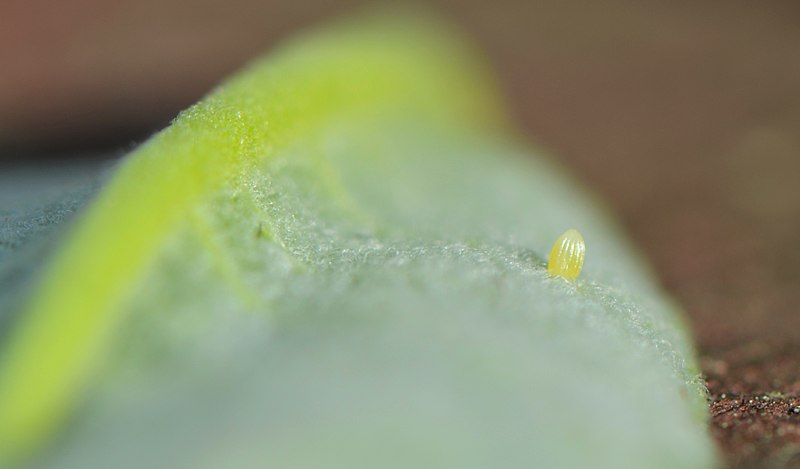
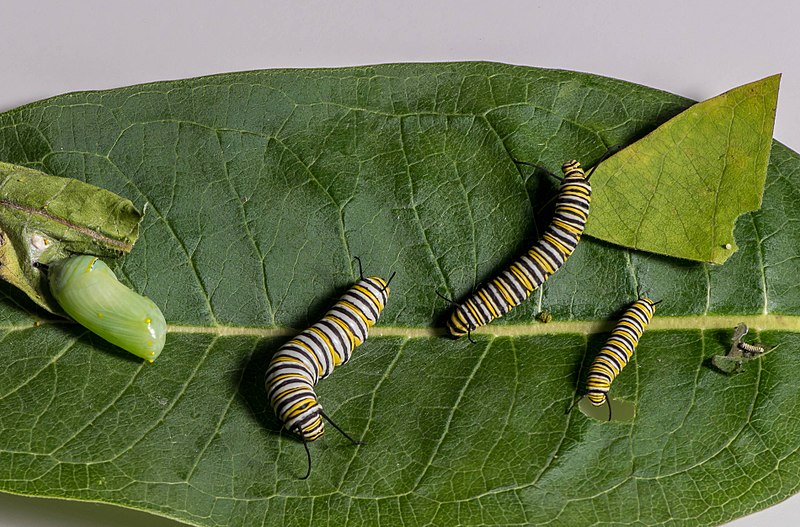
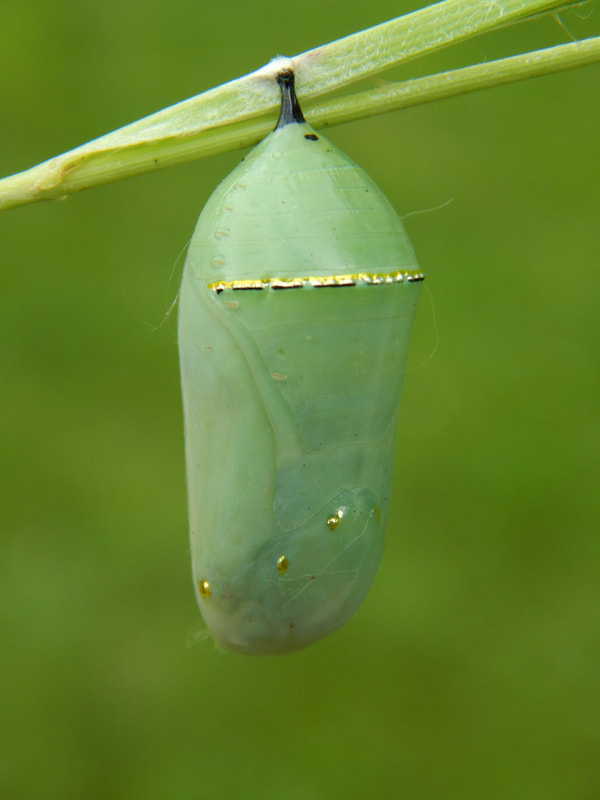
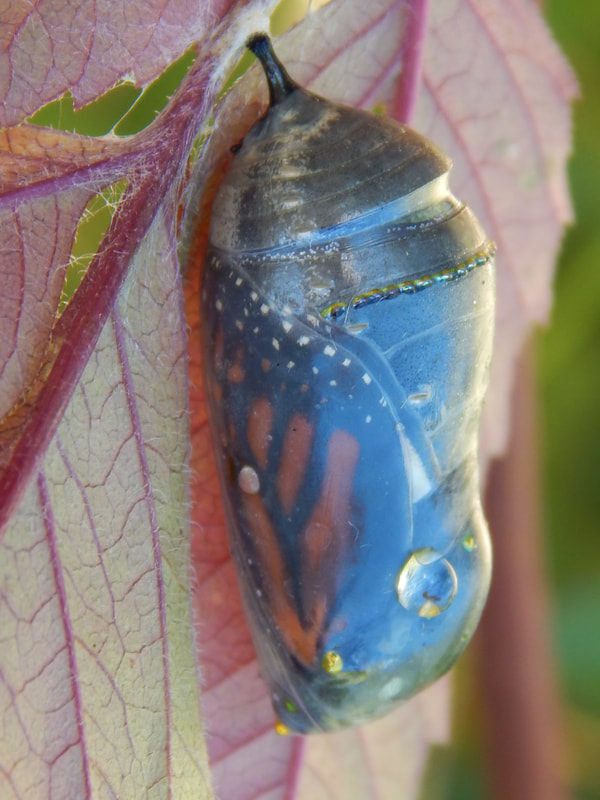
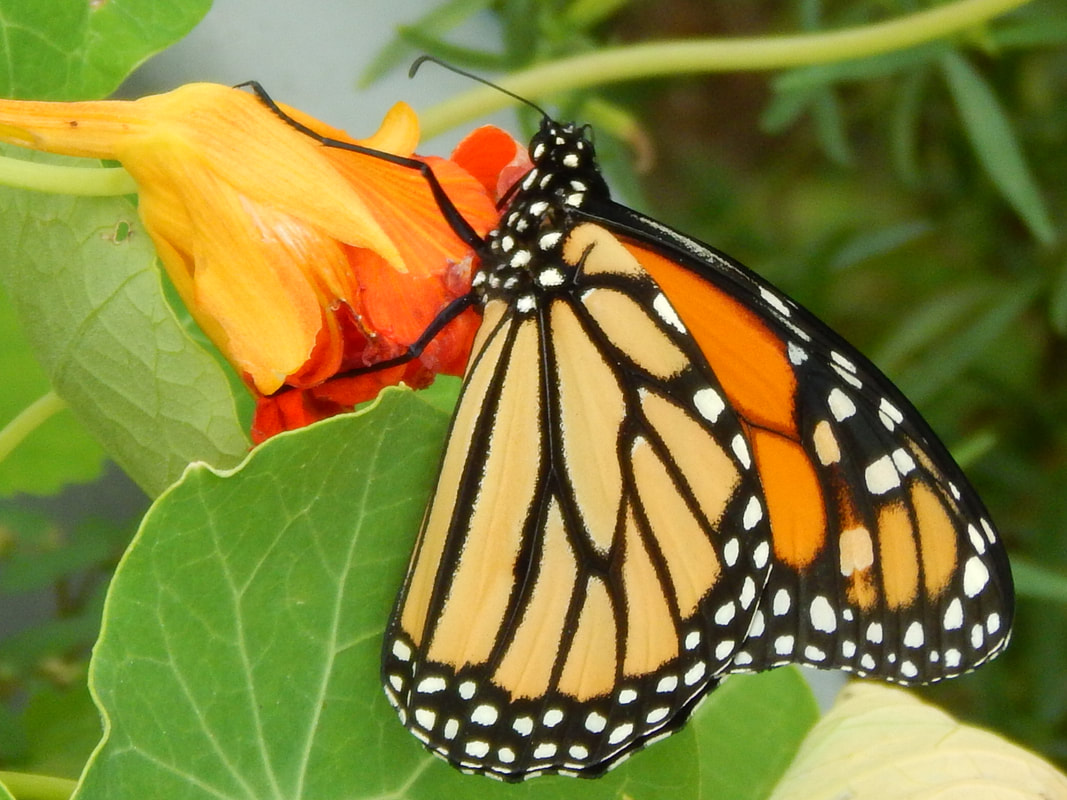
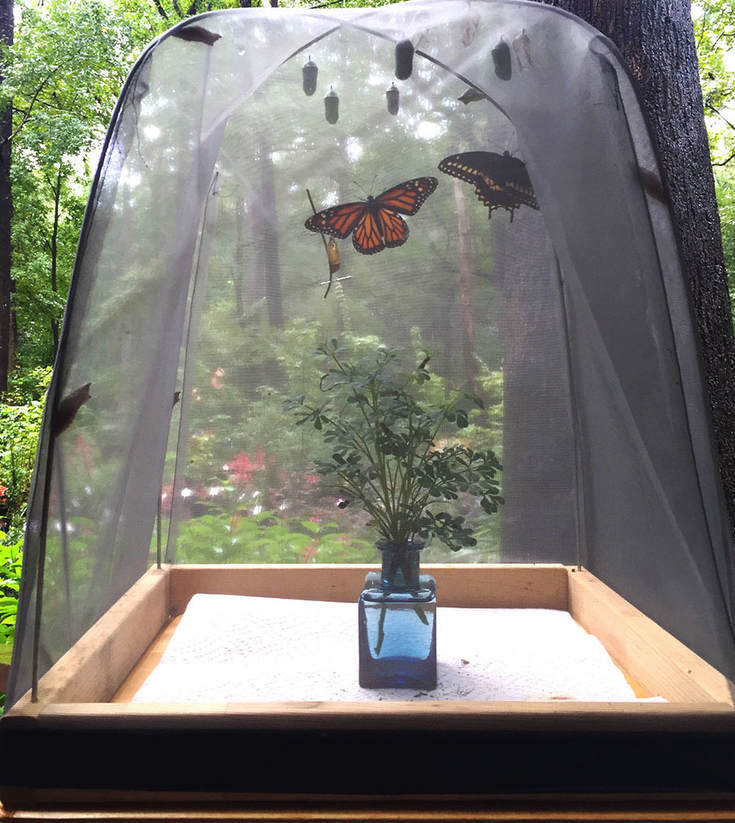
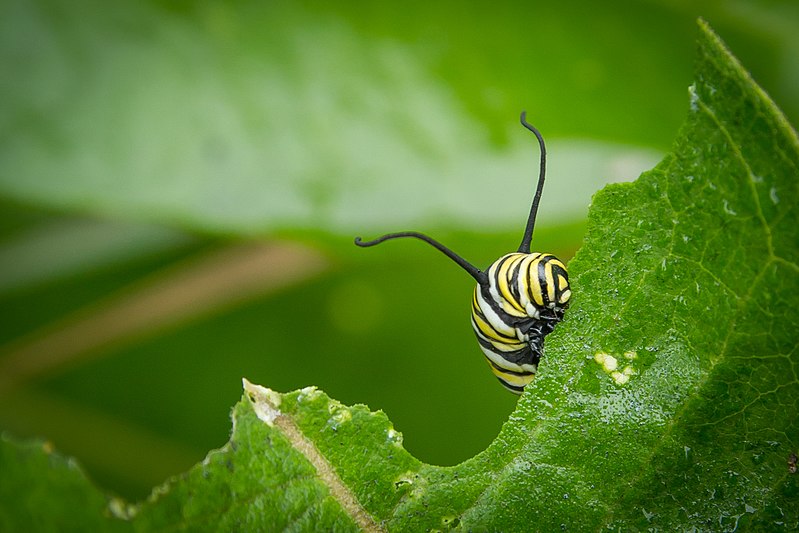
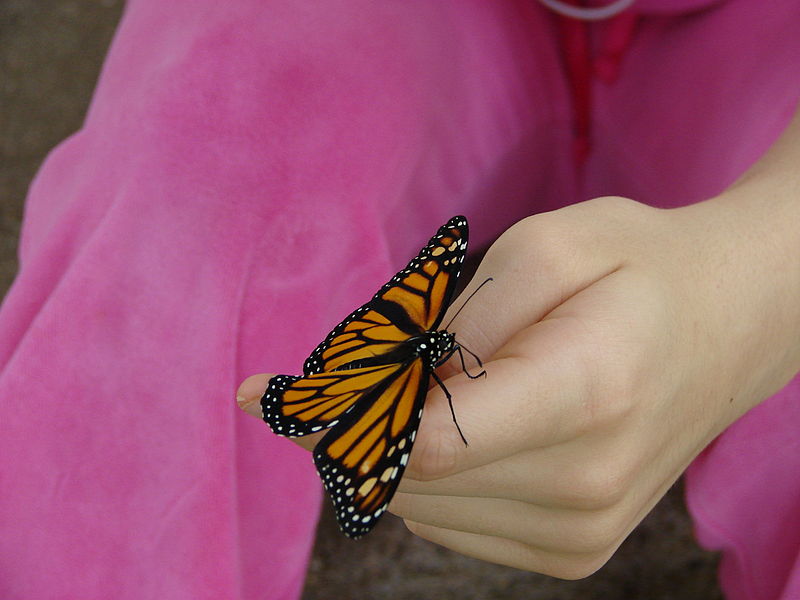

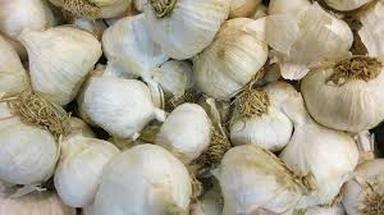



 RSS Feed
RSS Feed